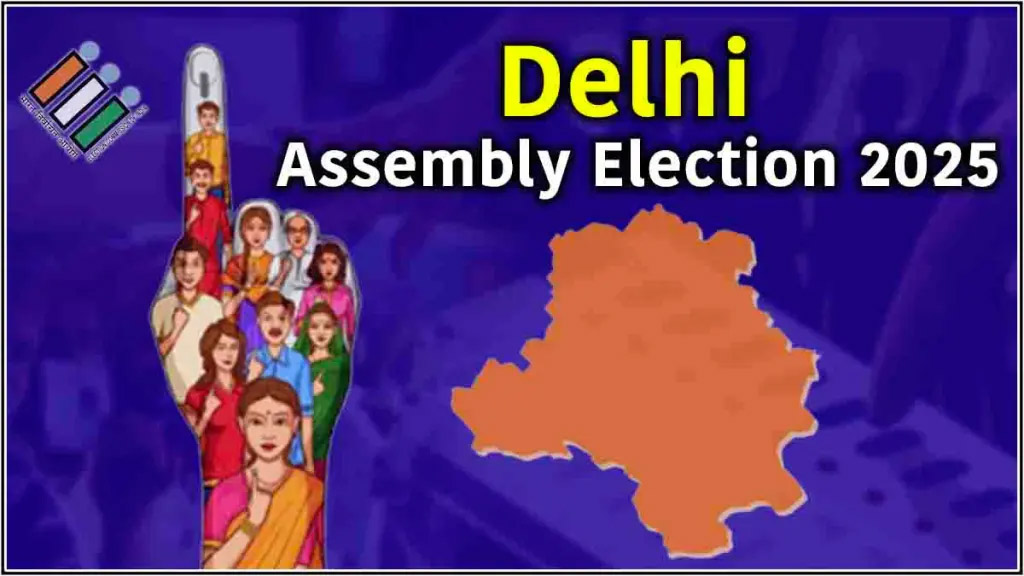By Mriganka M Bhowmick
The political atmosphere in Delhi is heating up as the state gears up for its upcoming elections. Despite its modest size, Delhi plays a critical role in shaping national political narratives. In recent times, the political rivalry between the Aam Aadmi Party (AAP) and the Bharatiya Janata Party (BJP) has attracted substantial attention, particularly with the heightened controversies surrounding alleged misconduct, including the controversial arrest of ministers, such as Chief Minister Arvind Kejriwal, by the Enforcement Directorate in connection with the excise policy and contract irregularities.
AAP has categorically denied these accusations, asserting that they are part of a BJP strategy intended to undermine its stronghold in Delhi, the birthplace of the party. Nevertheless, after more than ten years of AAP governance, there is a pervasive sense of anti-incumbency. The party’s tenure has been overshadowed by controversies, corruption claims, arrests, and ongoing disputes with the Lieutenant Governor, contributing to a negative perception among voters.
Initially, AAP was praised for its achievements, particularly in education and the expansion of Mohalla Clinics in healthcare. However, these accomplishments have now faded, and the lack of significant infrastructure advancements over the past decade has left many residents disappointed, especially when juxtaposed with the rapid urban development in neighboring cities like Gurgaon and Noida. This situation has led voters to nostalgically recall the more streamlined administration seen during Sheila Dikshit’s 15 years in office.
In light of this sentiment, Congress is making a concerted effort to revive its political foothold in Delhi, tapping into the legacy of the late Sheila Dikshit, which had largely been overlooked in recent years. This resurgence has caused concern for AAP.
On December 26, 2024, AAP organized a significant press conference featuring senior leader Sanjay Singh and Chief Minister Atishi. They accused the Delhi Congress of acting on behalf of the BJP and issued a firm warning to Congress’s central leadership regarding Ajay Maken, who called Kejriwal “anti-national.” AAP further alleged that Congress leader Sandeep Dikshit’s campaign against Kejriwal in New Delhi was financially supported by the BJP, threatening Congress with expulsion from the INDIA alliance if no action was taken.
This confrontational approach indicates AAP’s attempt to solidify its support base, which may have dwindled due to its collaboration with Congress in the national elections. However, it appears unlikely that the central leadership of Congress will acquiesce to AAP’s demands. So what is driving AAP’s assertive positioning?
A review of previous election outcomes provides insight into AAP’s tactics. Voter behavior in Delhi often diverges between state and national elections, with public sentiment often influenced by governance performance. AAP’s vote share surged from 29.5% in 2013 to 54% in 2015 and 53.7% in 2020, while Congress’s share fell from 24.5% in 2013 to below 5% in 2020. AAP’s gain was primarily at the expense of Congress, with the BJP maintaining a stable share.
In contrast, in the general elections, the BJP has consistently outperformed AAP, achieving vote shares of 54.33% in 2024, 56.7% in 2019, and 46.6% in 2014. AAP lagged significantly, finishing third in 2019 with only 18.10%, compared to Congress’s 22.6%. In the 2024 general elections, AAP boosted its vote share to 34.10% through an alliance with Congress, although Congress’s share fell to 18.94%.
This data suggests that Congress voters are more likely to support AAP than the other way around. AAP’s challenge lies in retaining the support of Congress voters who backed it in 2024, especially given the criticisms of its governance, compounded by the premature change in the Chief Minister’s role ahead of the election.
AAP’s worries are palpable, as there is no certainty that historical voting trends will continue. In 2013, voters decisively rejected Congress, slashing its support from 40% in 1998 to just 24.6%. A similar backlash could happen against AAP if governance issues continue to alienate their base.
To fortify its position, AAP must reinforce its identity as distinct from Congress and retain the voters from that party who chose them. By clearly differentiating itself from Congress, AAP communicates to its supporters that it is willing to sever ties with Congress, even if it risks jeopardizing the INDIA alliance.
The juxtaposition of AAP and BJP signifies AAP’s electoral strategy. Nevertheless, this positioning reveals fissures within the INDIA bloc. Composed of parties like AAP, the Samajwadi Party, and the Rashtriya Janata Dal, which have historically opposed Congress’s ideals, the alliance’s unity appears precarious, viewed more as a practical coalition rather than an ideological alliance.
The Delhi elections could serve as a crucial test for the INDIA bloc. Its legitimacy cannot solely rely on opposition to Prime Minister Modi. Only time will reveal if Congress will assertively reclaim its base in Delhi or yield to AAP for the sake of the alliance. (IPA Service)


Leave a Reply